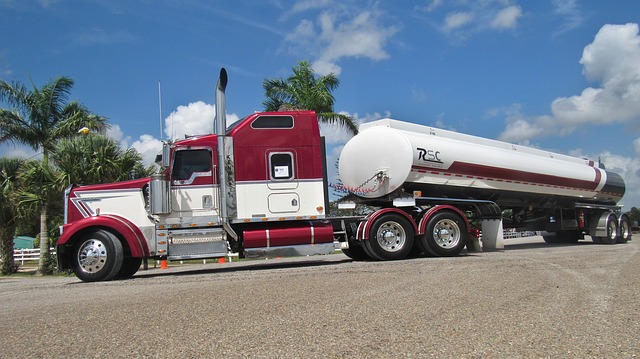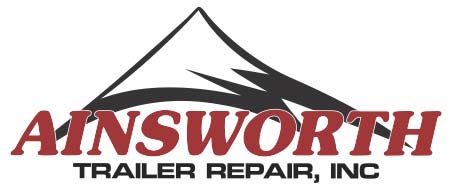
How can you avoid roadside inspection violations and make sure your vehicle makes the grade? In 2018, more than half of roadside inspections led to infractions. Fortunately, this doesn’t have to be you. With a little bit of forethought and organization, including regular pre and post-trip inspections and fleet trailer maintenance, you can minimize violation risks.
Safe Vehicles are Compliant Vehicles
If the vehicle you operate is mechanically sound and reliable, they’re going to be compliant. Vehicles that are not are quickly cited and fined during inspections. These vehicles are also likely to suffer unexpected issues down the road, resulting in interruptions in delivery and service and the need for emergency mobile trailer repair.
Avoid these Common Roadside Inspection Violations
Federal Motor Carrier Safety Administration Statistics from 2018 indicate the top roadside inspection violations include:
- Record-of-duty status violations
- Speeding
- Failure to wear a seatbelt
- Condition of the vehicle
- Brake systems issues
- Lights
- Operation without proof of periodic inspection
Know What to Expect During an Inspection
Having your materials prepared for roadside inspections can significantly streamline the process and get you back on the road again faster. Roadside inspectors typically begin with collecting documents, including your commercial driver’s license, registration, medical certificate, record-of-duty status, bill of lading, and trip receipts.
Have a dedicated place for these documents, keeping everything in order. Make sure to toss expired insurance cards and registration documents, so inspectors don’t have to search through a slew of unnecessary and outdated paperwork to find what they need.
Focus on the Importance of Vehicle Inspections & Timely Maintenance
Both drivers and fleet managers must be involved in meeting fleet maintenance needs. Drivers should be trained on how to properly inspect key vehicle components so they can quickly report issues for timely maintenance attention by the fleet manager. The typical Level I inspection looks at these critical and non-critical areas:
- Lights
- Brakes, particularly brake stroke
- Fuel system
- Exhaust system
- Steering, including steering gearbox leaks and mounting hardware security
- Suspension, particularly ball joint and tie rod connections, airbags and mounting, springs, U-bolts, and suspension mounting hardware
- Tires & rims
- Coupling devices
- Frames in vans/open top trailers
- Securing of cargo
Familiarize Yourself with Electronic Logging Device Technology
Electronic logging devices (ELDs) significantly speed the inspection process, reducing most violations down to driver error, though they do bring some challenges. You could be held up if you don’t know how to operate your ELD. Get to know your ELD, and how to work it. Always keep your user manual on hand. Because there are hundreds of models, it’s impossible for inspectors to know how to operate them all, making the process of transferring data more time-consuming.
Empower your fleet drivers with knowledge and safe, well-performing vehicles so they can navigate roadside inspections without concern. Sign up for a proactive monthly maintenance program from Ainsworth Trailer Repair, or drop in for a fast FHWA inspection today at our Denver location.



